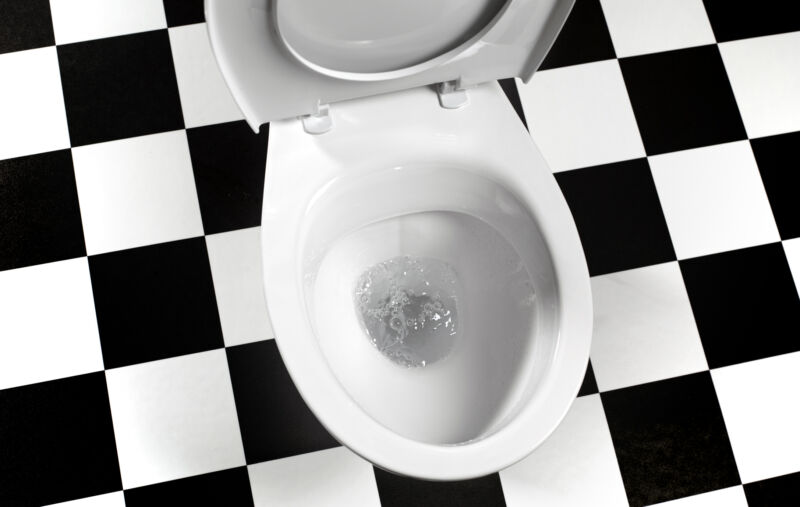
File this under “Studies We Wish We'd Be Ignorant.” University of Arizona scientists decided to investigate whether closing the toilet lid before flushing could reduce cross-contamination of bathroom surfaces with airborne bacterial and viral particles.Toilet pipes“The bad news is that putting a lid on it won't result in a significant reduction in pollution, according to them. Latest paper Published in the American Journal of Infection Control. The good news: Adding a disinfectant to the toilet bowl and using disinfectant dispensers in the tank significantly reduces cross-contamination.
And we're not just talking about toilet plumes, the large droplets that splash when you flush a toilet. Even small water droplets can form and spread into the surrounding air, carrying bacteria E – Coli or if a person infected with a virus (eg, norovirus) has previously used said toilet. Germs remain in the bowl even after repeated washings, waiting to be launched into the air and spread disease. This is because large water droplets, in particular, can settle on the surface before drying, while smaller ones travel further in natural air currents.
In the 1950s the first tests were carried out to investigate whether toilet plumes contained contaminated particles and popularized the idea that disease could be transmitted in this way. A 1975 study. in 2022, physicists and engineers at the University of Colorado, Boulder to visualize Toilet particles are tiny airborne particles when flushed from the toilet using a combination of green light rays and cameras. This produced some pretty clear video footage:
Colorado researchers were able to visualize toilet plumes in 2022 using green light beams and strategically placed cameras.
“If it's something you can't see, it's easy to say it's not there,” said study co-author John Grimaldi He said then. They found that particles in the exhaled air travel up to 6.6 feet per second and reach a height of 4.9 feet above the toilet in 8 seconds. If the particles are small (less than 5 microns), they can hang around in that air for more than a minute.
More relevant to this latest paper, it is recommended Closing the lid before washing can significantly reduce airborne contaminants. For example, In 2019, University College Cork researchers used bioaerosol sensors in a shared toilet for a week to monitor the number and size of contaminant particles. They concluded that flushing with the toilet lid down reduces airborne droplets by 30 to 60 percent. But this display increased the diameter of water droplets and bacterial concentration. Leaving the lid down means airborne droplets are still detectable after 16 minutes.
